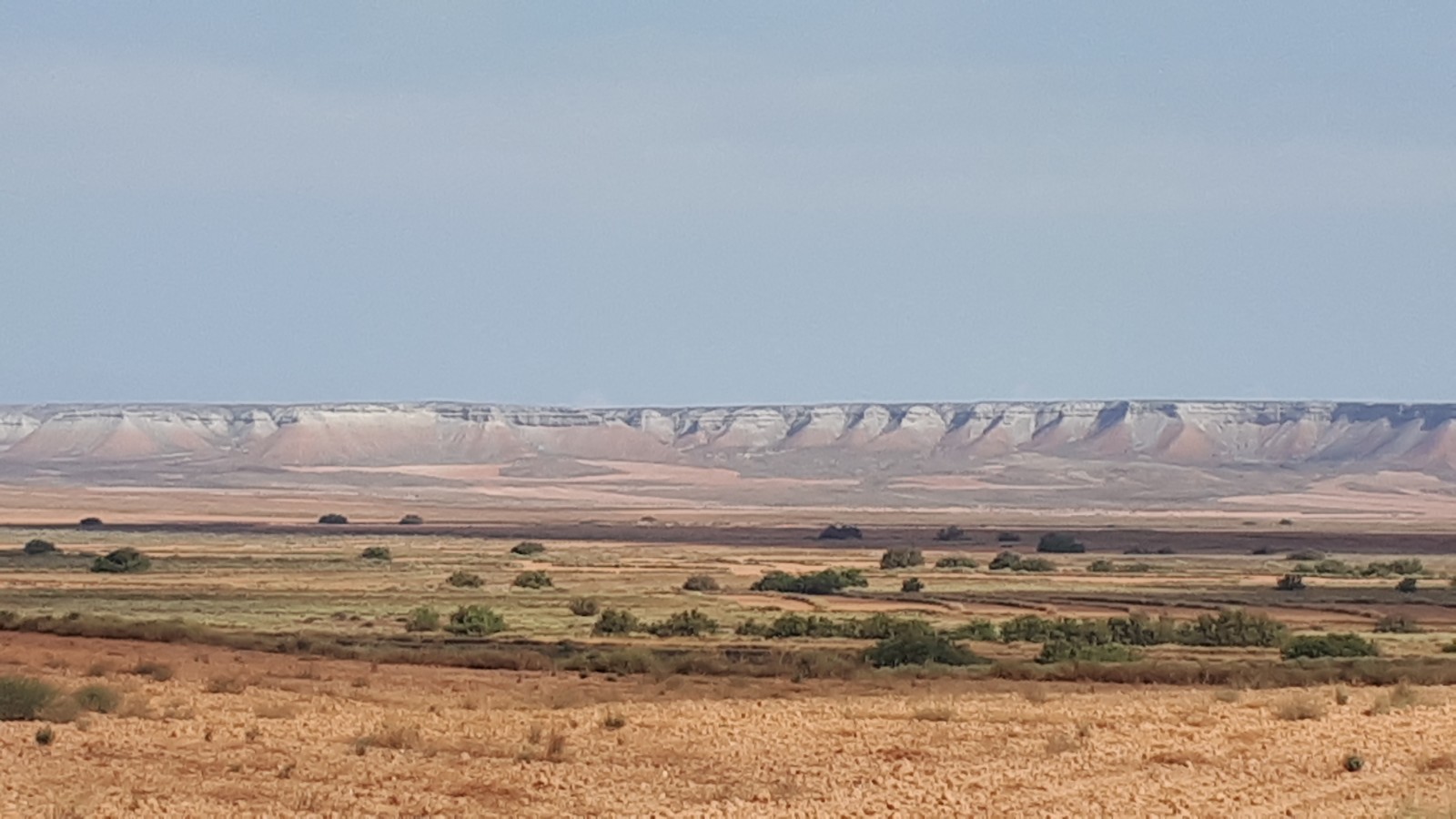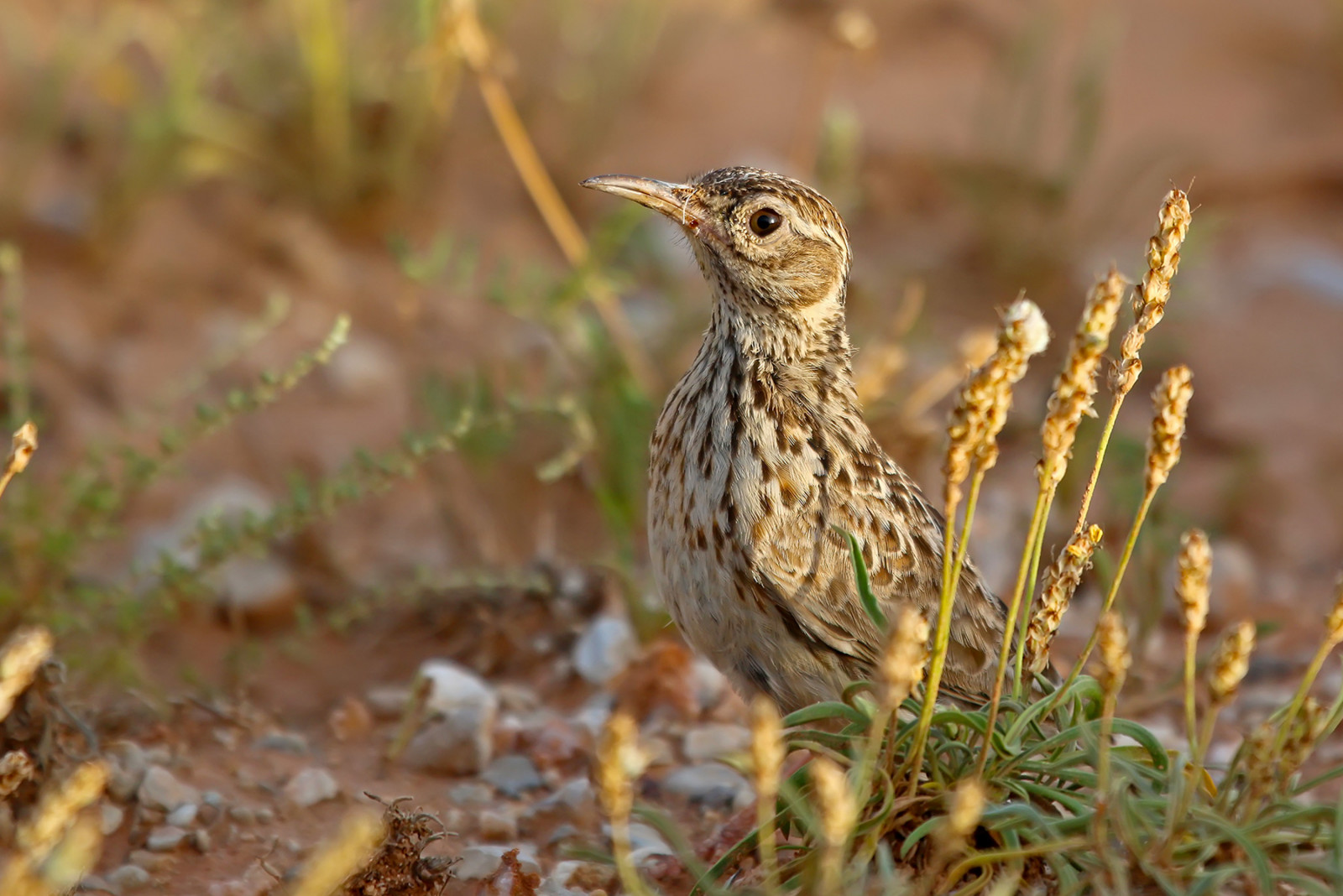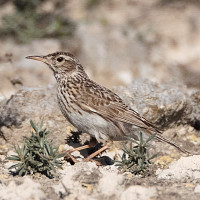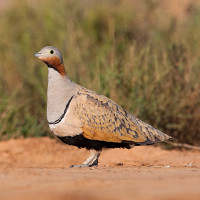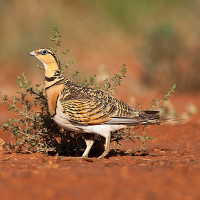Description
The Belchite steppes are one of the steppe areas best known to bird watchers due to the emblematic steppe bird species which live here. The El Planeron reserve is essential for its diversity of species and for protecting the rare Жаворонок Дюпона. One of the larges populations in the whole of Europe is found here. But you can also see species such as Малый жаворонок, Испанская каменка, Чернобрюхий рябок or Авдотка. During the winter season, you can see large wintering flocks of species such as Белобрюхий рябок, Степной жаворонок or Серый жаворонок. Birds of prey, such as the Беркут, Луговой лунь, Полевой лунь and Болотный лунь and Домовый сыч are also found.
Details
Access
El Planeron is reached by the CP009 road connecting Belchite to Quinto. About 5 km after passing the village of Quinto, a first track which enters the El Planeron sector is indicated by a sign on the left. Another entry / exit is also possible on the left a few kilometers further, which is also indicated by a sign.
The site can be explored by car, two tracks can be followed to enter the area (good quality track) then by many trails on foot.
Terrain and Habitat
SteppeConditions
Flat , Sandy , Dry , Open landscape , DustyCircular trail
YesIs a telescope useful?
YesGood birding season
Spring , Autumn , SummerBest time to visit
Spring migration , SummerRoute
Wide path , Unpaved roadDifficulty walking trail
EasyAccessible by
Foot , Bicycle , CarBirdwatching hide / platform
YesExtra info
Beware of muddy terrain in winter and spring.
